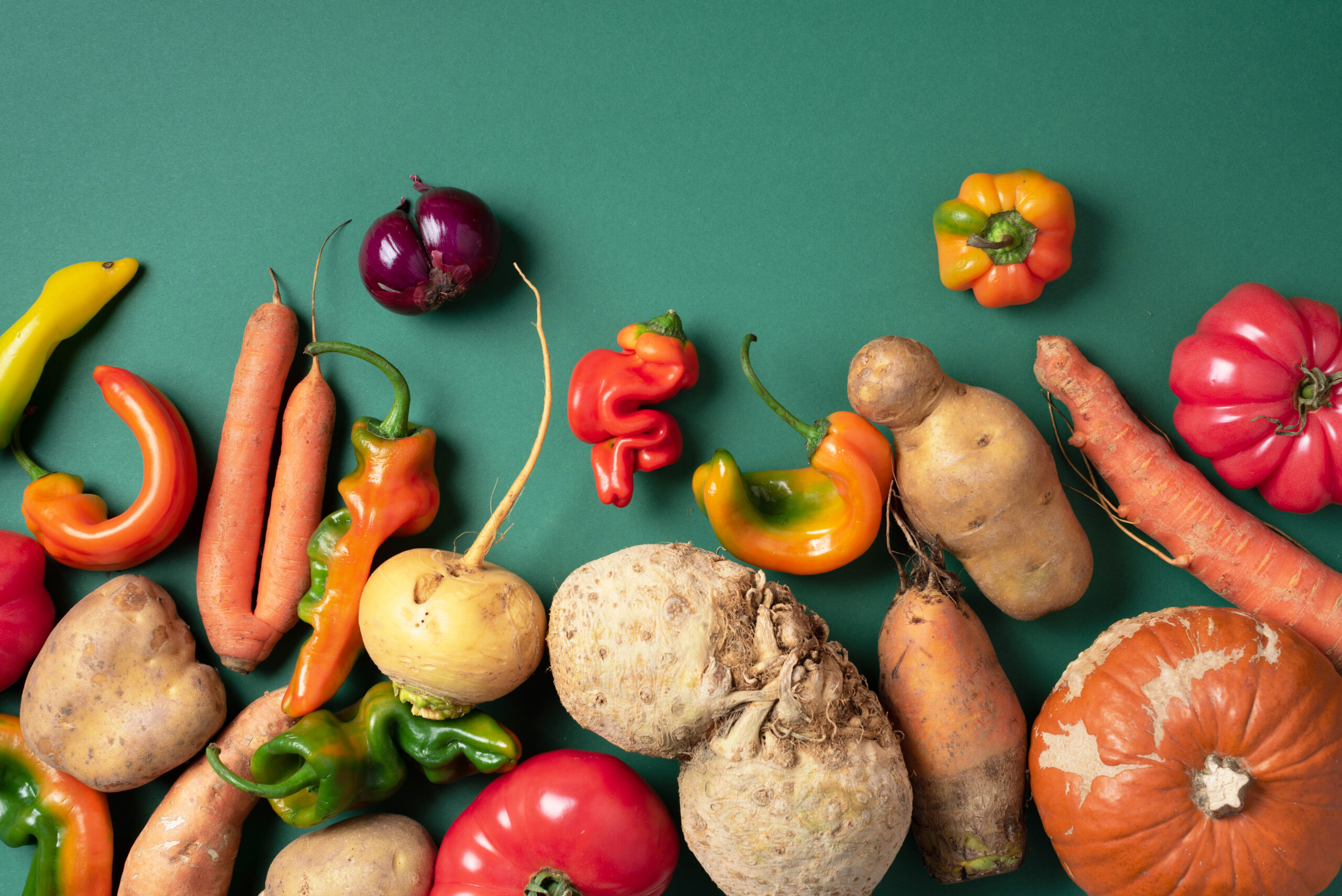
In 2022, the United Nations General Assembly adopted a resolution to proclaim 30 March as International Day of Zero Waste. It aims to promote sustainable consumption and production patterns, support the societal shift towards circularity and raise awareness about how zero-waste initiatives contribute to sustainable development.
When it comes to waste, fruits and vegetables are among the most wasted foods. Global food waste has an estimated economic cost of about US$1 trillion per year – enough to feed an additional 2 billion people, more than double the amount of the global malnourished population.
There are many causes of food waste, including natural spoilage, overstocking, over-ordering and overcooking. In more recent years, we have started to see another cause of food waste occurring – “ugly” produce. This issue has become prevalent in developed countries, where some consumers have developed cosmetic expectations on how fruits and vegetables should look, which has led retailers to source only “perfect” produce.
In a report published in 2017 by the House of Commons Environment, Food and Rural Affairs Committee in the United Kingdom, up to 25% of apples, 20% of onions and 13% of potatoes grown in the United Kingdom are thrown away because of their appearance. Due to quality standards set by retailers, the Food and Agriculture Organization of the United Nations revealed that 30% of wasted fruits and vegetables are discarded for failing to meet appearance standards.
Some produce can have visual imperfections due to:
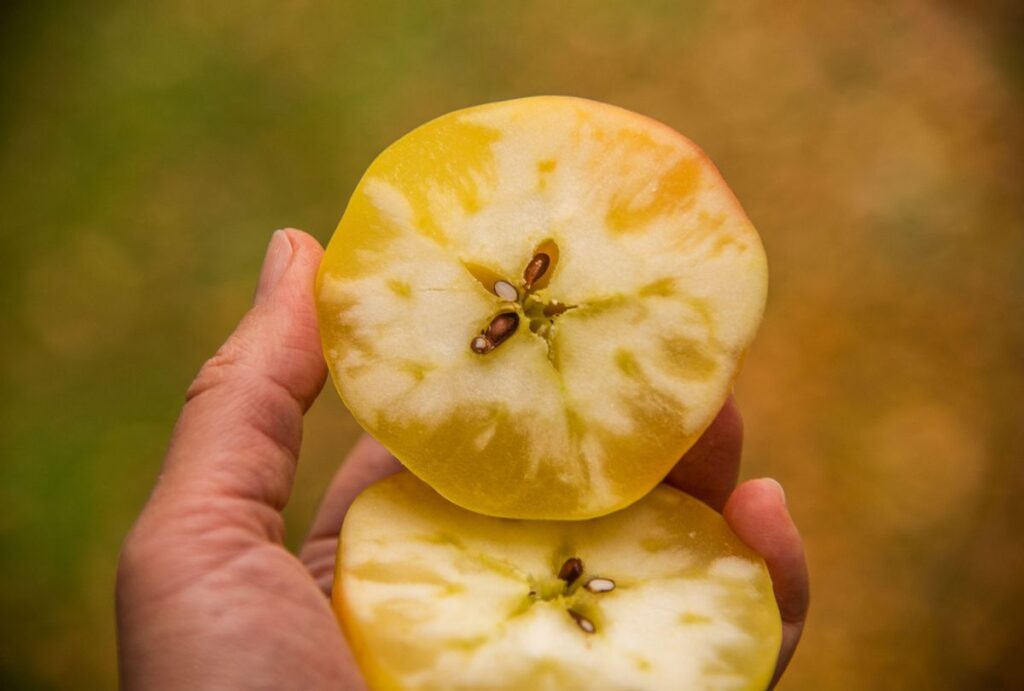
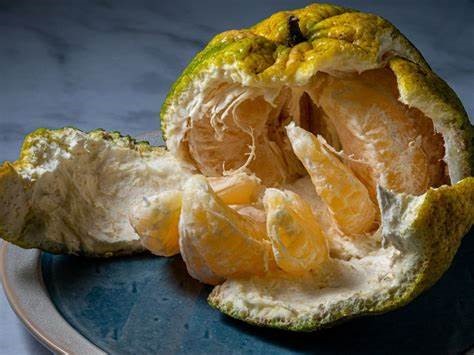
Despite their appearance, “ugly” fruits and vegetables are just as nutritious and delicious as their more conventionally attractive counterparts. By choosing to purchase and consume less appealing produce, we can help reduce food waste and support a more sustainable food system.
Intermarché’s “Les fruits et legumes moches” campaign
In 2014, the French supermarket chain, Intermarché, launched its “Inglorious Fruits & Vegetables” campaign that promotes imperfect and misshapen produce at a 30% discount. Throughout the campaign, ads used humour and catchy slogans celebrating deformities.
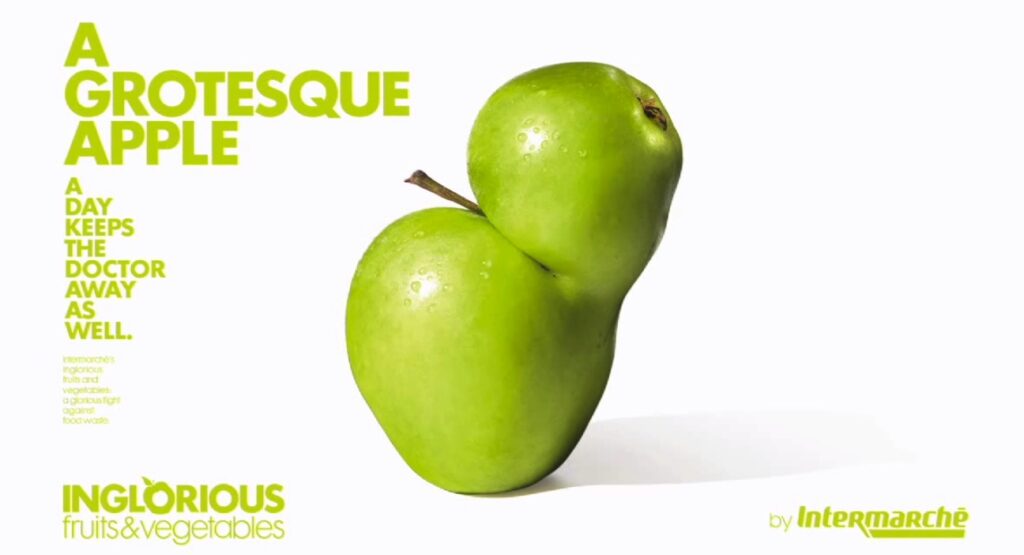
Imperfect Foods’ delivery service
Based in the United States, Imperfect Foods started delivering ugly produce directly to consumers at home at a discounted of up to 30%. All produce is sourced from local farmers who would have otherwise disposed of the items.
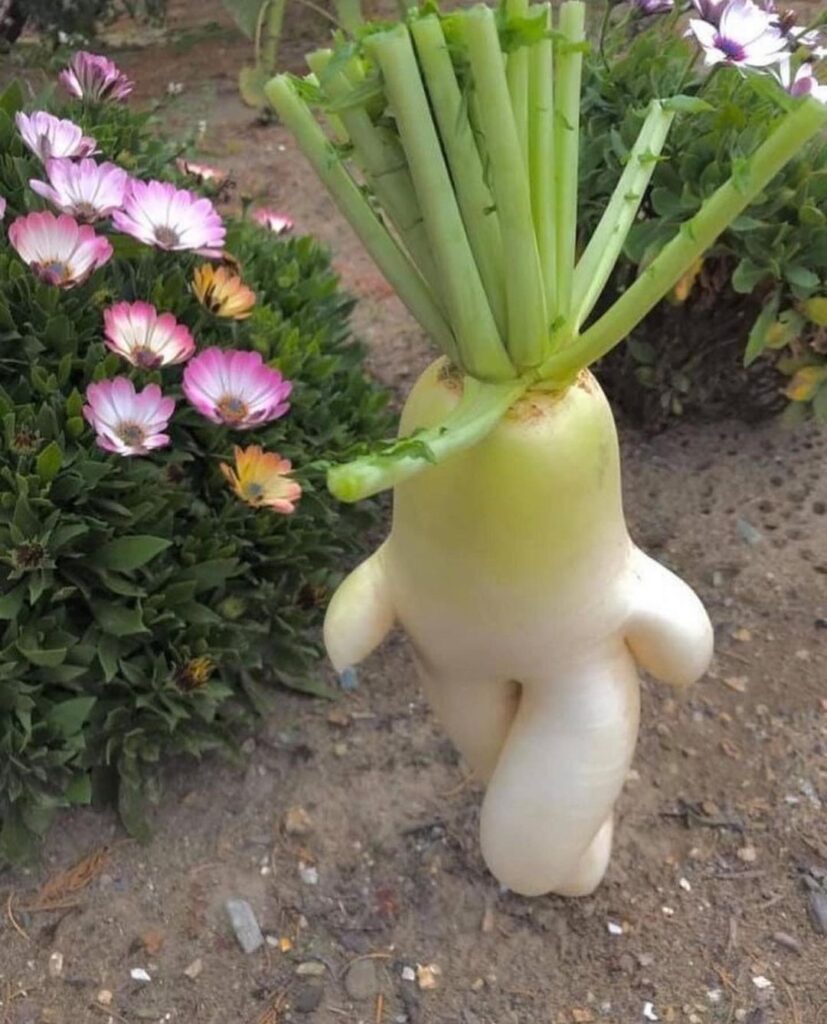
Ugly fruits and vegetables are perfectly edible and can be used in a variety of ways. One sustainable approach to their use is composting, contributing to reduced food waste and enhanced soil health. Alternatively, you can generously donate these items to shelters or creatively incorporate them into your culinary endeavours, such as crafting jams, salsas and broths. By utilising ugly fruits and vegetables, we can reduce greenhouse gas emissions, save money, support local farmers and most importantly, contribute to the fight against hunger.
Cayman’s farmers boast fruits and vegetables of all aesthetic qualities. Check them out at the Camana Bay Farmers & Artisans Market every Wednesday on the Paseo.
This article was originally shortened and featured in the March 2024 print edition of Camana Bay Times.
